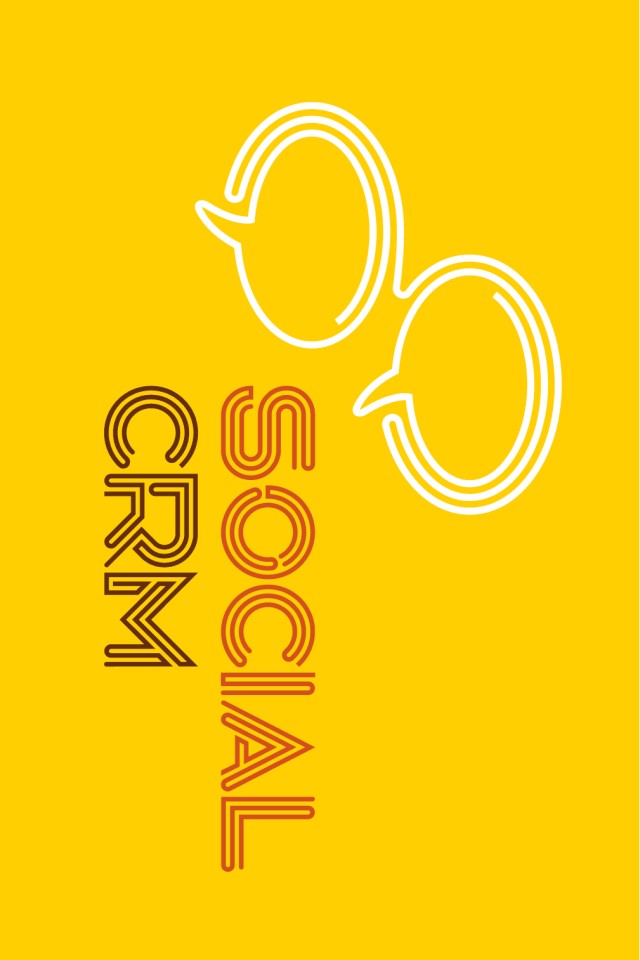SCRM
Learn about the benefits of SCRM and find out how to set up a CRM process to track social media interactions with people, and not just profiles.
SCRM Program Operation
SCRM involves connecting social media channels with your CRM system, giving all team members within the company a complete record of interactions with the customer or prospect.

Customer Acquisition
Acquire customer resources through various channels.

Lead Digital Nurturing
Generate user basic attributes, user tags and score leads.

Synergy&Transformation
Manage leads through SCRM and generate different user portraits.
Set Up SCRM Process
SCRM benefits all departments that work with customers or leads. It gives everyone a fuller picture of the people they’re talking to.
Identify Channels
Determine which social media platforms your customers are using.
Define Goals
Determine the specific goals you want to achieve through social media.
Choose a SCRM
Research and select a SCRM tool that meets your needs and budget.
Integrate Accounts
Connect accounts to SCRM and monitor interactions from one centralized location.
Monitor Conversations
Monitor conversations about brand and industry using SCRM.
Engage with Customers
Respond promptly to customer inquiries and feedback.
Analyze and Measure Results
Use SCRM to track and measure social media performance against goals.
Continuously Improve
Continuously refine SCRM process based on results and feedback.
Segment Audience
Use SCRM tool to segment audience based on demographics, interests, and behavior.

Tips For Using SCRM
- Use social CRM to understand the true value of a lead and a customer.
- Use social data for effective customer service.
- Better qualify leads with social data.
- Use CRM data to create custom audiences for social ads.
Frequently Asked Questions
What are the benefits of SCRM?
The benefits of SCRM include better customer engagement, improved customer satisfaction, increased customer loyalty, and more effective marketing campaigns. It also allows businesses to stay up-to-date with the latest trends and customer preferences, and to identify potential issues before they become major problems.
What are the key components of SCRM?
The key components of SCRM include social media monitoring, social media engagement, social media analytics, and social media marketing. Social media monitoring involves tracking conversations about a brand or industry on social media platforms. Social media engagement involves interacting with customers and prospects on social media platforms. Social media analytics involves analyzing social media data to gain insights into customer behavior and preferences. Social media marketing involves using social media platforms to promote products or services and engage with customers.
What are some examples of SCRM?
Examples of SCRM include using social media platforms to respond to customer inquiries and complaints, creating targeted social media campaigns based on customer preferences and behavior, and using social media analytics to identify customer trends and preferences. Many businesses also use social media platforms to gather customer feedback and to generate customer reviews and ratings.
What are some best practices for implementing SCRM?
Some best practices for implementing SCRM include setting clear goals and objectives, developing a comprehensive social media strategy, investing in social media management tools, training staff on social media etiquette and best practices, and regularly monitoring and analyzing social media data.
Is SCRM relevant for all businesses?
SCRM can be relevant for businesses of all sizes and industries, although its relevance may vary depending on the specific goals and objectives of the business. For example, businesses that rely heavily on social media for marketing or customer service may benefit more from SCRM than businesses that do not.
